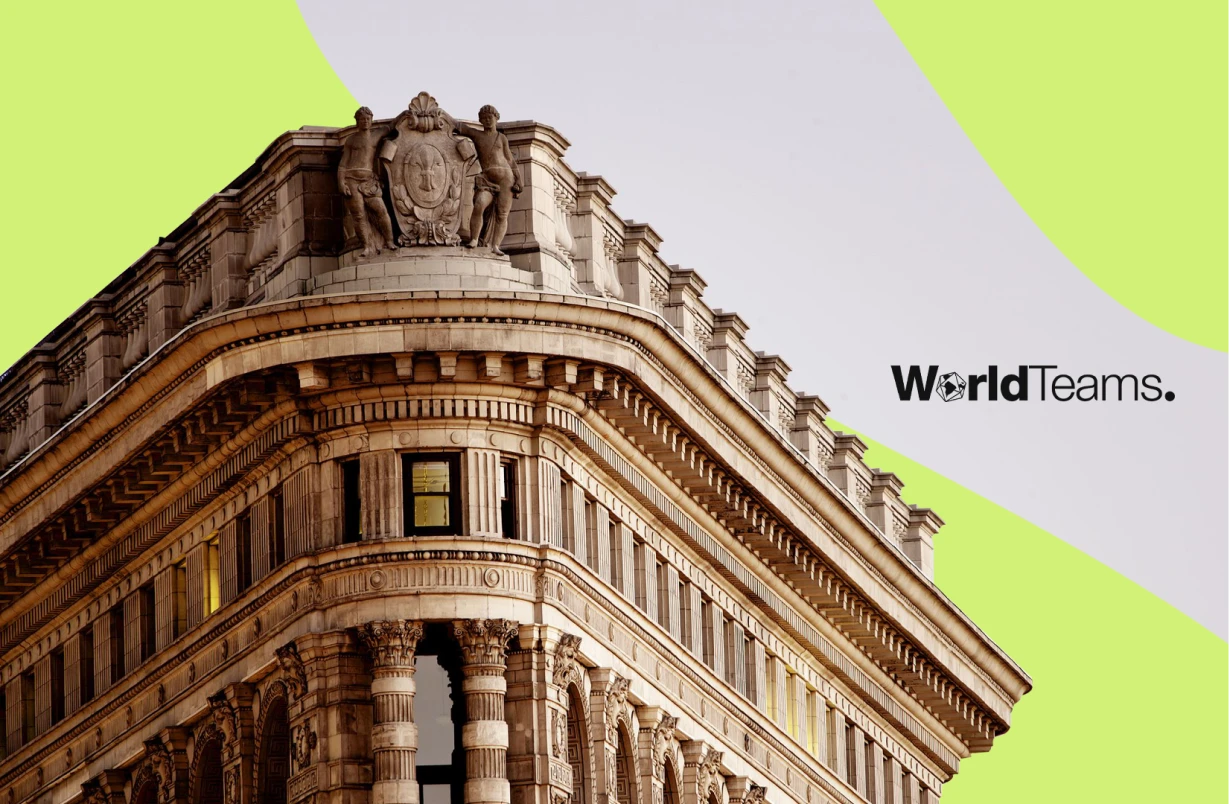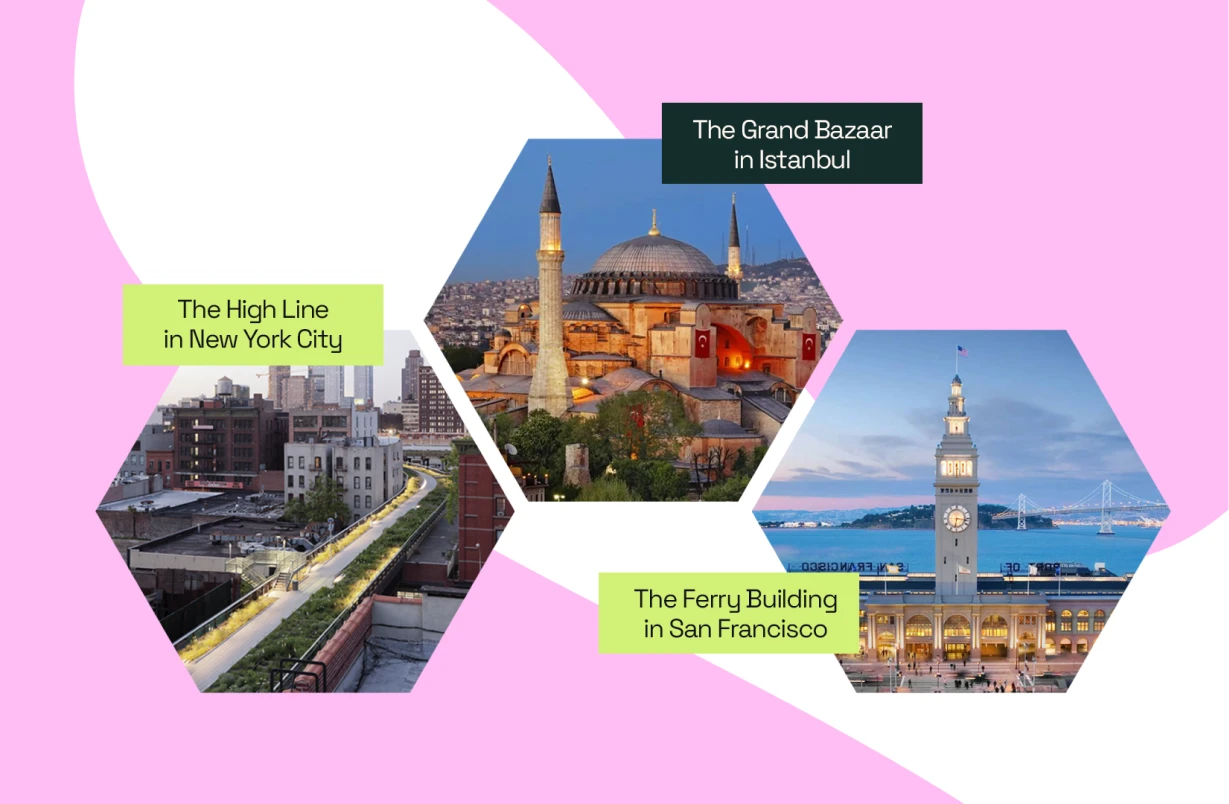Historic Architecture: From Classical Designs to Modern Restorations

Historic Architecture: From Classical Designs to Modern Restorations
Historic architecture stands as a testament to the ingenuity and artistry of bygone eras. These grand structures are more than just brick and mortar; they whisper tales of empires risen and fallen, innovations that changed the world, and the everyday lives of those who came before us.
They offer a tangible connection to our heritage, a physical manifestation of the stories that shaped our world. But time, like a relentless sculptor, can erode their grandeur. Weather, pollution, and neglect can all take their toll, threatening to erase these irreplaceable landmarks.
This is where historic building restoration steps in, breathing new life into these architectural gems and ensuring their legacy endures.
Exploring Classical Design
Classical architecture, born from the brilliance of ancient Greece and Rome, laid the foundation for much of what we see today. Characterized by a love of symmetry, proportion, and the use of iconic elements like columns, pediments, and entablatures, classical buildings exude a sense of order, permanence, and enduring beauty.
The Parthenon in Athens, with its majestic Doric columns bathed in golden sunlight, and the Colosseum in Rome, a marvel of engineering that still inspires awe today, are prime examples. Stepping into these structures is like stepping back in time, a visceral reminder of the power and sophistication of these ancient civilizations.
A Timeline of Architectural Evolution
While classical architecture holds a special place in history, it’s merely the first chapter in the captivating saga of historic architecture. Here’s a glimpse into some of the major periods and styles that have shaped our built environment:

This table provides a brief overview, but each period is rich with its own nuances and variations. From the soaring Gothic cathedrals with their stained-glass windows to the graceful Art Deco skyscrapers that pierce the sky, historic architecture offers an endless source of inspiration and wonder.
The Art of Restoration: Preserving the Past for the Future
As time passes, historic buildings face a multitude of threats. Natural elements like wind, rain, and earthquakes can take their toll. Pollution can erode stonework and damage delicate finishes. Perhaps most insidious is neglect; a building left empty and unused is a prime target for vandalism and deterioration. Historic building restoration is the meticulous process of repairing, stabilizing, and revitalizing these structures, ensuring their longevity and cultural significance.
This meticulous work requires a unique blend of expertise. Restorers must not only possess the technical skills to repair damaged materials and address structural issues, but also a deep respect for the historic fabric of the building. They must be able to distinguish between necessary repairs and inappropriate modifications, ensuring the restoration enhances the original design rather than erasing its history.
Modern Techniques Restoring Old Structures
Modern restoration projects utilize a combination of traditional techniques and cutting-edge technology to achieve remarkable results:
Material Matching
Prefabricated components offer a quicker and potentially cheaper way to build, allowing for flexibility in design while keeping costs in check (commercial constructions). Explore firms specializing in modular construction for your next project.
Structural Reinforcement
Modern engineering practices can strengthen aging structures without compromising their historic integrity. This might involve discreetly installing steel beams to bolster sagging floors or reinforcing foundations with new pilings.
Laser Scanning and 3D Modeling
These technologies create highly detailed digital models of the building, allowing for precise reconstruction of lost elements or damaged sections. They also serve as invaluable tools for documentation, ensuring a permanent record of the structure’s history.
Sustainable Practices
Restoration projects can embrace sustainability by incorporating energy-efficient systems like solar panels or LED lighting. Additionally, using recycled materials or local, sustainable resources can minimize the environmental impact of the project.
Grow your team and reduce costs with WorldTeams.

The Benefits of Historic Building Restoration
Investing in historic building restoration goes beyond preserving the past. Here are some key benefits that extend far into the future:
Economic Vitality
Restored buildings are often transformed into vibrant hubs of activity. They might house businesses, museums, or cultural centers, stimulating economic activity and creating jobs in the surrounding communities.
Sense of Place
Historic architecture fosters a sense of community identity and connection to the past. These buildings serve as living testaments to the history of a place, reminding residents of their heritage and fostering a sense of pride.
Sustainable Development
Revitalizing existing structures reduces the need for new construction, minimizing environmental impact. Adaptive reuse, where a historic building is repurposed for a new use, is a particularly sustainable approach.
Educational Value
Historic buildings serve as open-air museums, offering valuable lessons about history, architecture, and culture. They can be a source of inspiration for future generations of architects and designers.

Success Stories: When Old Meets New
Numerous examples showcase the transformative power of historic building restoration. Here are a few inspiring stories:
The Grand Bazaar in Istanbul
This 15th-century marketplace, one of the largest and oldest covered markets in the world, underwent a comprehensive restoration that preserved its architectural heritage while incorporating modern fire safety systems and improved accessibility features. The restoration ensured this bustling center of commerce could continue to thrive for generations to come.
The Ferry Building in San Francisco
Once a bustling transportation hub, the Ferry Building was on the verge of obsolescence. A visionary restoration project transformed it into a vibrant marketplace, retaining its signature clock tower and brick facade while adding modern amenities like restaurants and shops. Today, the Ferry Building is a popular destination for locals and tourists alike.
The High Line in New York City
An elevated freight rail line that had fallen into disuse was transformed into a stunning public park, showcasing innovative green infrastructure strategies. The High Line incorporates native plants, walking paths, and public art installations, offering a unique green space in the heart of the city. This project demonstrates how historic structures can be creatively reimagined for new purposes.
Outsourcing Architectural Services for Expert Restoration
Historic building restoration projects often require a diverse team of specialists. At WorldTeams, we employ architects, engineers, and restoration specialists with the knowledge and experience to navigate the complexities of these projects. We offer a wide range of services, including:
Historic research and documentation
Understanding the building’s history and original design intent is crucial for a successful restoration. Architectural historians and researchers can delve into archives, analyze architectural features, and create a comprehensive record of the building’s past.
Development of restoration plans
These detailed plans outline the scope of work, including necessary repairs, material selection, and construction methods. They ensure the restoration adheres to best practices for historic preservation while also meeting all safety and code requirements.
Construction oversight
Experienced professionals can oversee the restoration work, ensuring it is completed to the highest standards and in compliance with the restoration plans. They can also identify any unexpected issues and develop solutions that preserve the historic fabric of the building.
Collaboration with regulatory agencies
Many historic buildings are protected by landmark designation or fall within historic districts. Architectural service firms can work with regulatory agencies to ensure the restoration complies with all necessary guidelines.

In Conclusion
Historic architecture is a bridge across time, connecting us to the stories and achievements of past generations. By employing modern restoration techniques and collaborating with skilled architectural service providers, we can ensure these irreplaceable landmarks continue to inspire and enrich our lives for years to come.
By understanding the importance of historic architecture and the power of modern restoration techniques, we can ensure these architectural treasures continue to stand tall for generations to come. So, if you’re ready to take on a new exciting project of restoration, don’t hesitate to reach out for a free consultation! Let’s get started.









